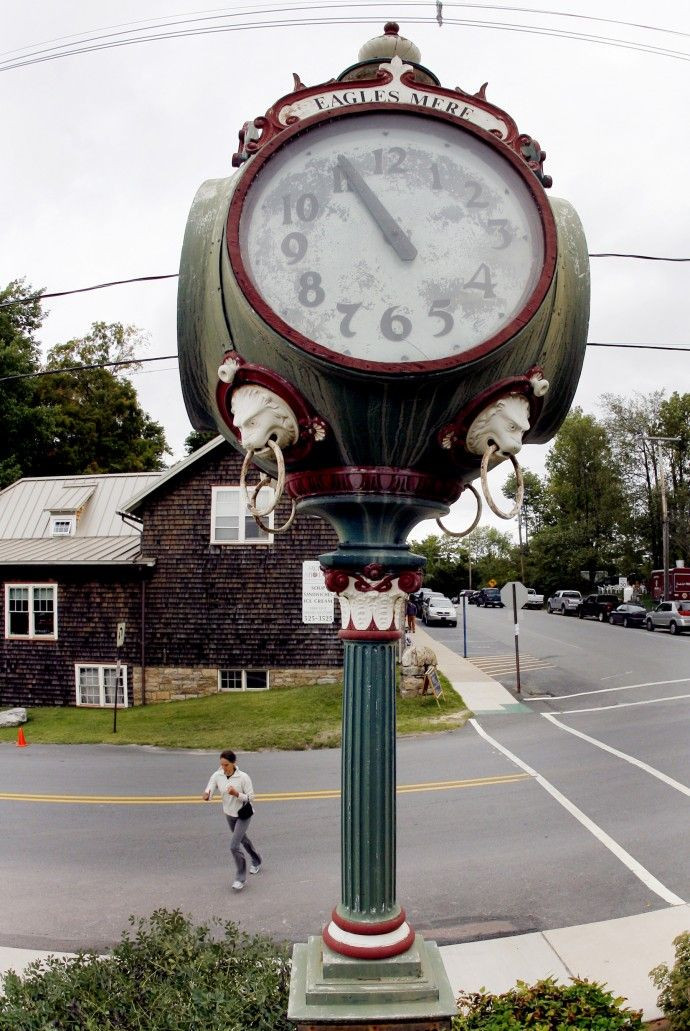Change in Daylight Saving Time 2011 Does Not Happen This Weekend: Don't Get Ahead of Yourself! [VIDEO]

Although many associate daylight saving time with the last week of October, this year we will fall back in the first week of November.
In most of the United States, Nov. 6 is the day to set your clocks back one hour, which will give you an extra hour of sleep (or of partying on Saturday night) -- but the evenings will darken even earlier than they do now. The fall back marks the end of the daylight saving time (DST) period, which now begins the second Sunday of March and ends the first Sunday of November, according to energy legislation enacted in 2005 that extended daylight saving time.
As an article at The Huffington Post pointed out, the official term is daylight saving, but many Americans refer to it in the plural, as daylight savings.
Not all U.S. states and territories observe the confusing daylight saving time ritual. The federal government does not require those in Arizona, Hawaii, Puerto Rico, the Virgin Islands, American Samoa, Guam, and the Northern Mariana Islands to change their clocks.
If Arizona were to observe Daylight Saving Time, the sun would stay out until 9 p.m. in the summer [instead of 8 p.m., as it does now], which would be problematic during the months when the Grand Canyon State experiences extreme heat, according to a news story from an ABC affiliate in Arizona quoted by The Huffington Post.
Daylight saving just brings a smile to everybody's faces, U.S. Rep. Ed Markey, D-Mass., who co-sponsored the bill extending daylight saving time, told National Geographic magazine in 2007.
Below is a fun video explaining this phenomenon that confounds us all every year:
MUST READ : Daylight Saving Time: 5 Apps to Help You Prepare for a Long Winter's Snooze
© Copyright IBTimes 2024. All rights reserved.






















